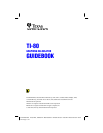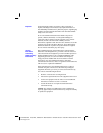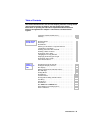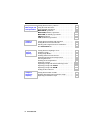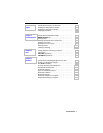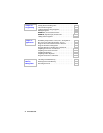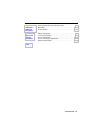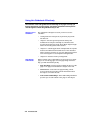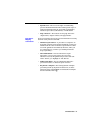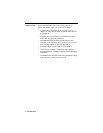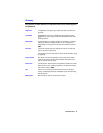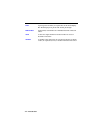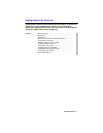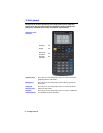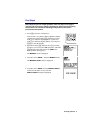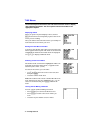
viii Introduction
The structure of the TI
-
80 guidebook and the design of its pages can help you
find the information you need quickly. Consistent presentation techniques are
used throughout to make the guidebook easy to use.
The guidebook is designed to teach you how to use the
calculator.
¦
Getting Started is a fast-paced, keystroke-by-keystroke
introduction.
¦
Chapter 1 describes general operation and lays the
foundation for Chapters 2 through 10, which describe
specific functional areas of the TI
-
80. Most chapters begin
with a brief Getting Started introduction.
¦
Chapter 11 contains application examples that incorporate
features from different functional areas of the calculator.
These examples can help you see how different functional
areas work together to accomplish meaningful tasks.
¦
Chapter 12 describes memory management.
When possible, units of information are presented on a single
page or on two facing pages. Several page-design elements
help you find information quickly.
¦
Page headings—The descriptive heading at the top of the
page or two-page unit identifies the subject of the unit.
¦
General text—Just below the page heading, a short
section of bold text provides general information about
the subject covered in the unit.
¦
Left-column subheadings—Each subheading identifies a
specific topic or task related to the page or unit subject.
Using this Guidebook Effectively
Structure of the
Guidebook
Page-Design
Conventions



